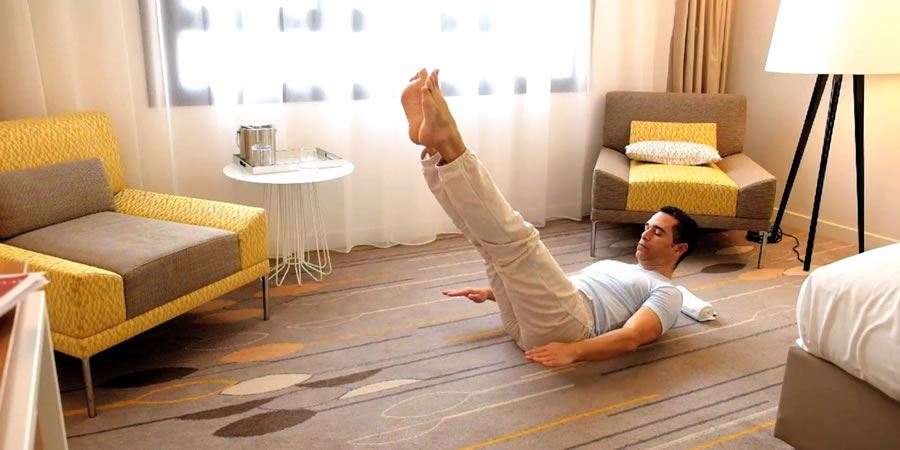With the New Year we also get the opportunity to see some new faces. Pilates is no longer an elite exercise program only for dancers and the very rich. It is recognized by personal trainers, physical therapists, and chiropractors as an extremely effective form of exercise for people of all fitness levels. To help new-comers to Pilates we would like to post the answers to some frequently asked questions with hopes that it will help people feel more comfortable about making Pilates a part of their regular workout regime.
- How is Pilates different from other exercise programs?
Each exercise engages the core abdominal muscles, and the method emphasizes the strengthening of the ‘powerhouse’ region – abdomen, back, lower back, inner/outer thighs and buttocks. Strength is achieved through stabilization with a focus on movement and functionality. Pilates concentrates on lengthening, strengthening and toning your body, without adding bulk to your muscles. - Is Pilates done with machines only?
No. Joseph H. Pilates designed the spring resistance machines in association with a mat work program, and your complete workout might include exercises on a combination of the Reformer, Wunda Chair, High Chair, Ladder Barrel, Spine Corrector, Half Barrel, Cadillac and the mat. - Why are there so few repetitions of each exercise?
Less IS more! Each Pilates exercise has only 3, 5 or 10 repetitions. The exercises were designed to work your body with precision and effectiveness, making additional repetitions unnecessary. - Why is Pilates considered a mind/body conditioning program?
Pilates is a very intelligent form of body conditioning. Your mind is engaged throughout a specific program of exercises, rather than wandering aimlessly during a workout of repetitive activity. When you focus and concentrate on your body’s movements, you are performing a complete mental and physical workout. - How soon after beginning Pilates will I see results?
Although individual results will vary, most people feel better in just a few sessions. With consistent practice, you will gain increased strength in your ‘powerhouse’ and be well on your way to achieving true mental and physical fitness. - When I look at someone doing Pilates, it doesn’t seem vigorous enough for me. Can Pilates give me a good workout?
When most people first start Pilates, there’s a lot of new information for the body to learn, so you probably won’t get an aerobic workout at the beginning. Pilates can be aerobic at intermediate and advanced levels when the movement patterns become more familiar. Also, Pilates combines stretching and strengthening, using springs and your own body weight as resistance, in a way that may appear easier than other forms of exercise, yet you actually work harder and more deeply through the muscles. - I have had many injuries and physical problems during my lifetime. Can Pilates help me?
Yes, definitely. The Pilates method of body conditioning has a long history of helping people with previous and current injuries. Both physical therapists and chiropractors have collaborated with Pilates instructors to help heal soft tissue injuries and recover from various physical problems. - How often do I want to do Pilates?
Pilates is similar to other forms of exercise. You want to be sure you give your body enough time to recover when muscles are taxed. Twice a week when you are just starting is good, leaving at least two days between workouts. As you get stronger with consistent workouts, increase to three times a week with at least a days rest. Remember to vary your exercises often, as the body loves to adapt.
So what can you expect from making Pilates a regular part of your fitness regime?
A longer, leaner looking physique, increased energy and stamina, and fewer aches and pains from the stresses of every-day life.
The concepts behind Joseph Pilates’ approach to physical and mental fitness can be employed for all ages, shapes and fitness levels. Once one learns these they can be incorporated into everyday activities such as walking down the street or standing at a bus stop. And, for the elite athlete, the improvements to their performance are tremendously rewarding.








